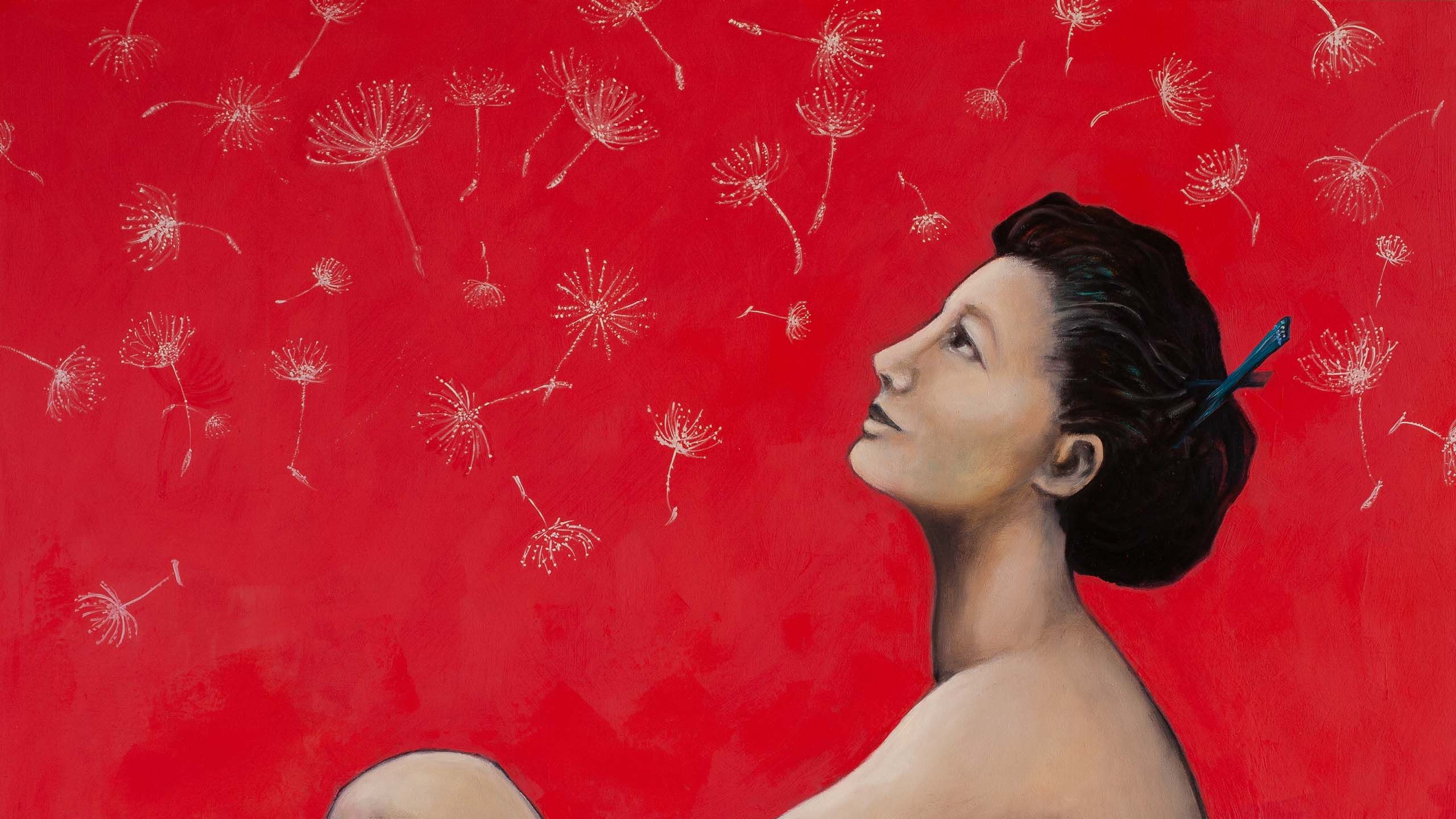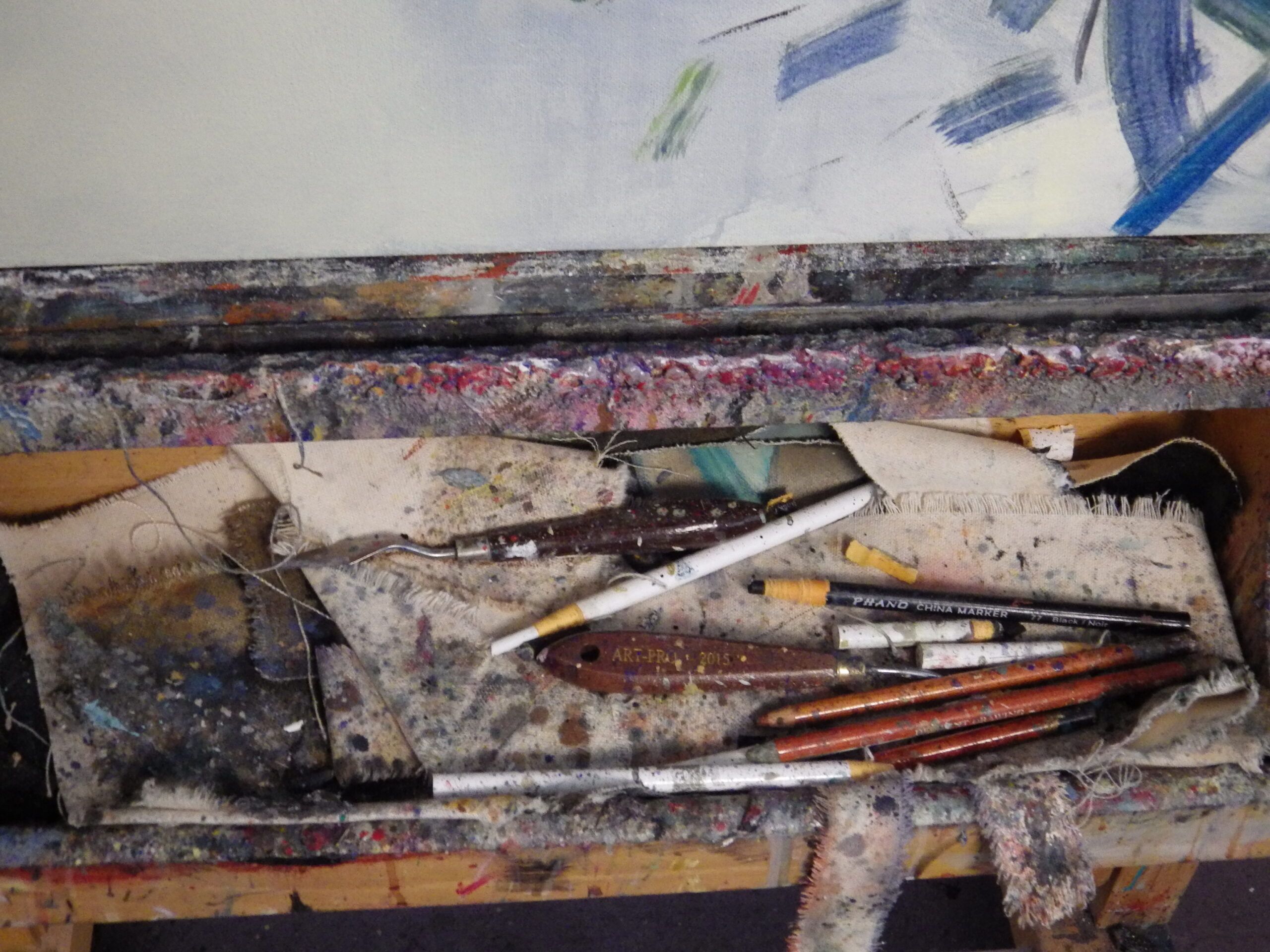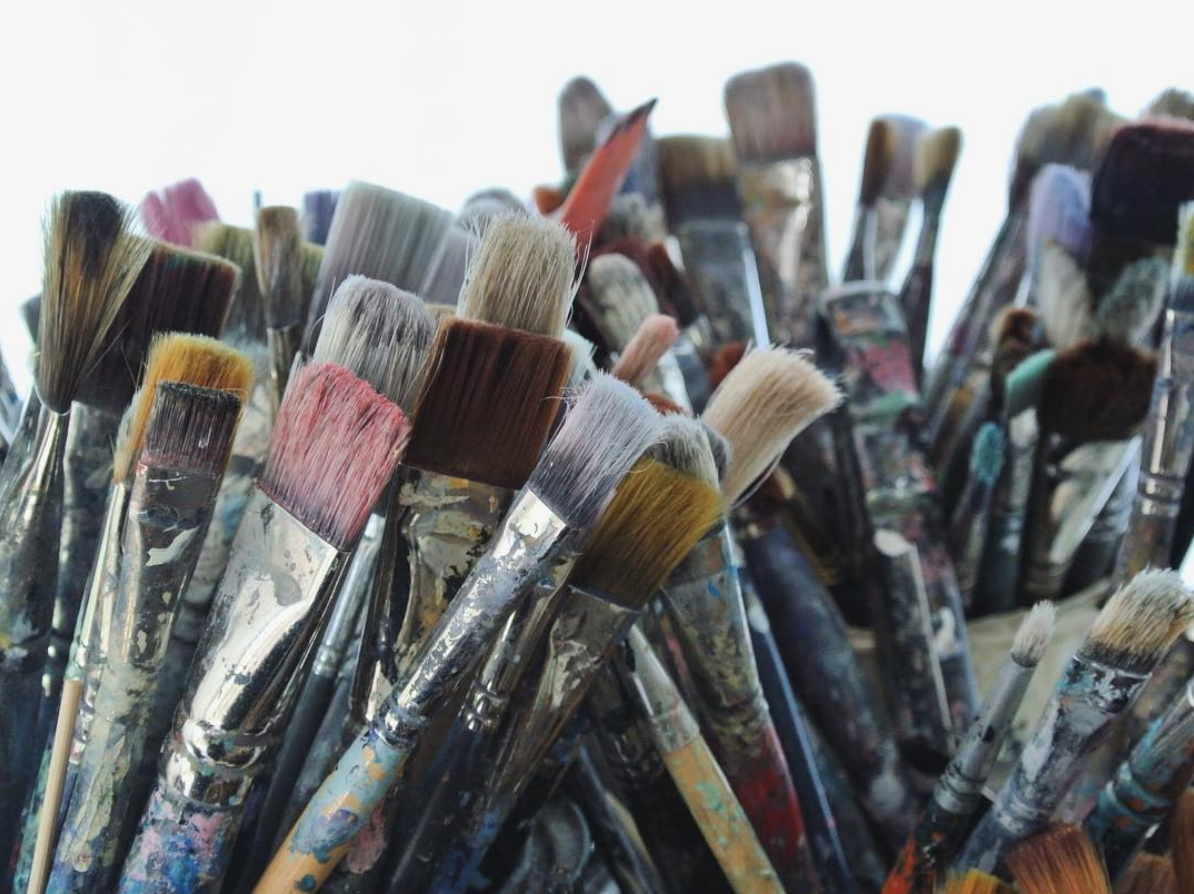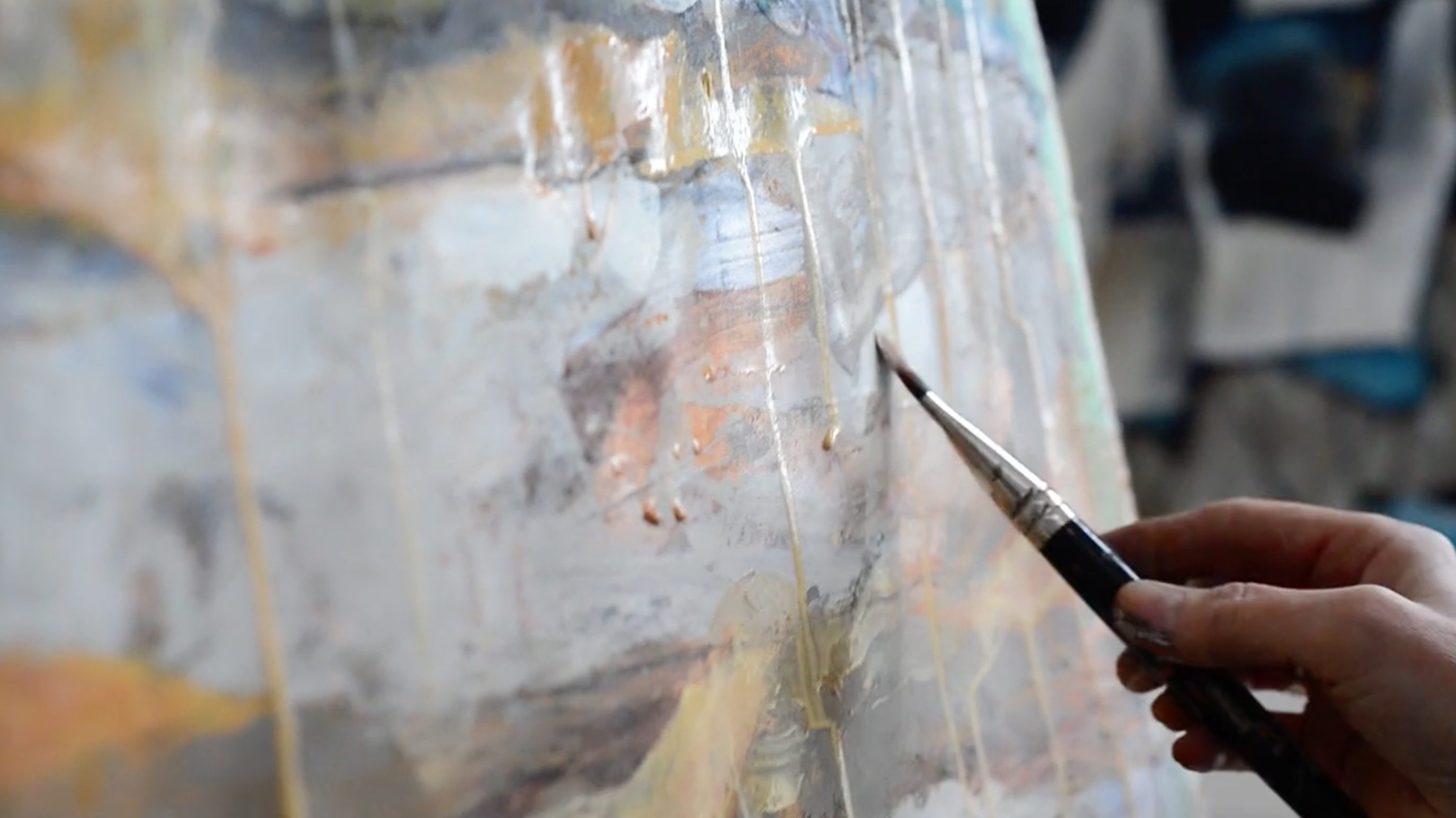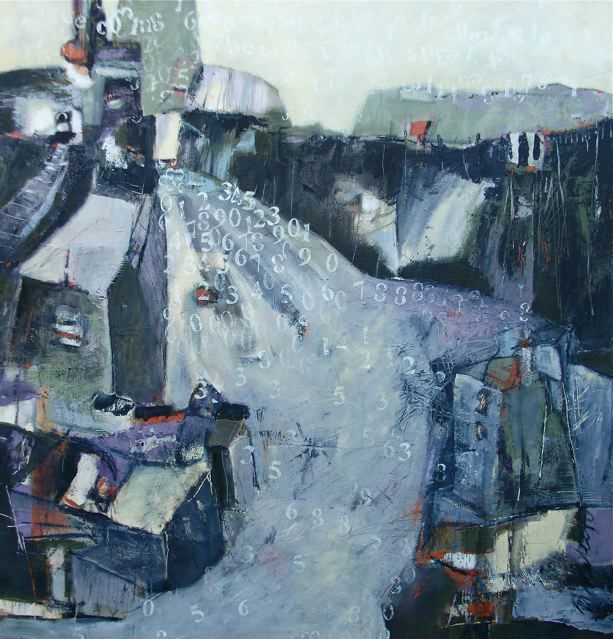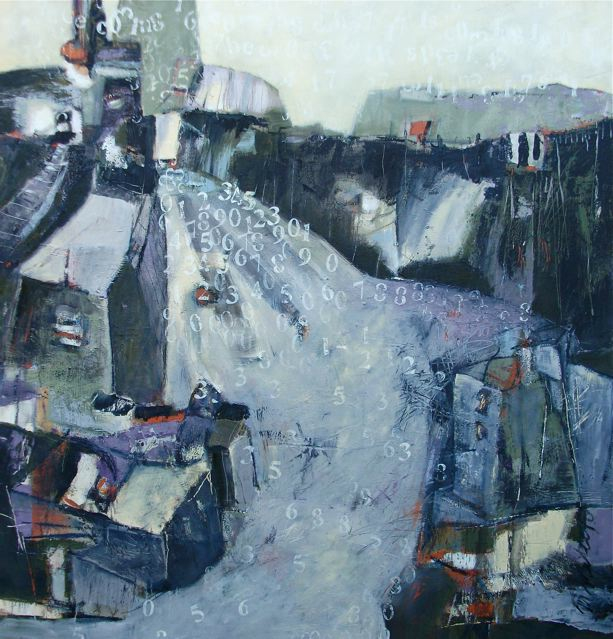When the Personal Becomes Universal
Being an artist of a mature age means my work has matured in complexity as well. And being
a mature age means I am past the point of concern whether or not people like me or my
paintings.
Yet they still do.
I cross boundaries of genres in my work and I do so effortlessly and always have. However,
much of my reputation has been based on my abstract works. But lately, I have been wanting
to create more figurative paintings. I suppose this is a result of the 2 years of the pandemic
restrictions. It would seem I am not the only artist wanting to do this. In reading art
magazines, blogs etc this is currently a global trend. We all want to connect again. Creating
figures is a way of reminding ourselves how important human connection is to our survival.
But I am not just painting pretty pictures to match the sofa. The figurative works I am painting are highly personal.
| Midway in the pandemic I was perusing the internet looking at images and I ran across a very simple drawing (which since I have not found). I made a mental note of the image as it struck me as incredibly profound. I used this image of a heavy set woman shooting an arrow. I loved the vulnerability of this woman in her underwear, yet so strong and focused. I made her a hero with wings and a cape. The pandemic revealed some wonderful traits of our species: kindness and generosity, patience and tolerance. Heroes are so rarely who we expect them to be. | 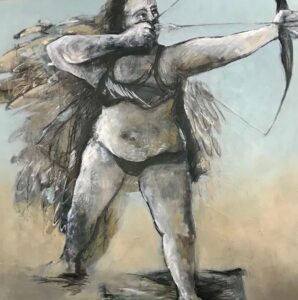 Firmly Planted |

Firmly Planted
However, around the same time, a rocket carrying some wealthy folk was shot
into space for a joy ride. Now, I am not against this and I understand Mr. Bezos reasoning for
financing this event. Far be it for me to say how people should spend their money. But I have
to admit I was rather disgusted. Half the world did not have vaccines. Much of the world does
not have clean water. The timing for this space ride was in very, very bad taste.
|
|
The image of ICARUS came to mind. I was questioning if we really had lost our sense of humanity. After creating ‘Are We Icarus’, my mind moved to more personal ideas and I dove into (or rather memories and emotions bubbled to the surface) some work that was directly related to myself. |

Are We Icarus?The image of ICARUS came to mind. I was questioning if we really had lost our sense of humanity.
After creating ‘Are We Icarus’, my mind moved to more personal ideas and I dove into (or rather memories and emotions bubbled to the surface) some work that was directly related to myself.
| I began to create images that did not look like, but represented my mother. My mother was diagnosed at age 30 of a brain tumour. She was a single mother of 4 children. She had just finished nursing school and her future should have been bright. She was small in stature, huge in heart and enormous in her determination to move forward in life…for her kids. Sadly, she passed away at age 40.
In ‘Tenacity of a Wounded Warrior’ my mother reminds me of what really is important in life. And this is where the personal becomes universal. |
|
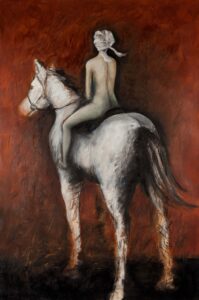
Tenacity of a Wounded Warrior
I am continuing, for now, to create figurative works. Some are based on my mom and her
ability to ALWAYS see the beauty in life. Some are based on myself and a reminder that
growing old really is a gift. -Mxo
|
|
|
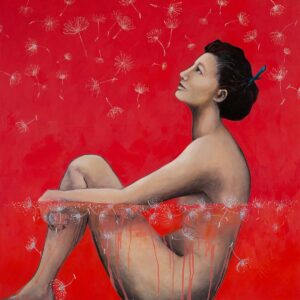
Drenched in Wonderment
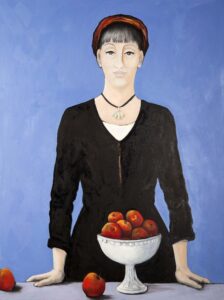
Gathering Knowledge
